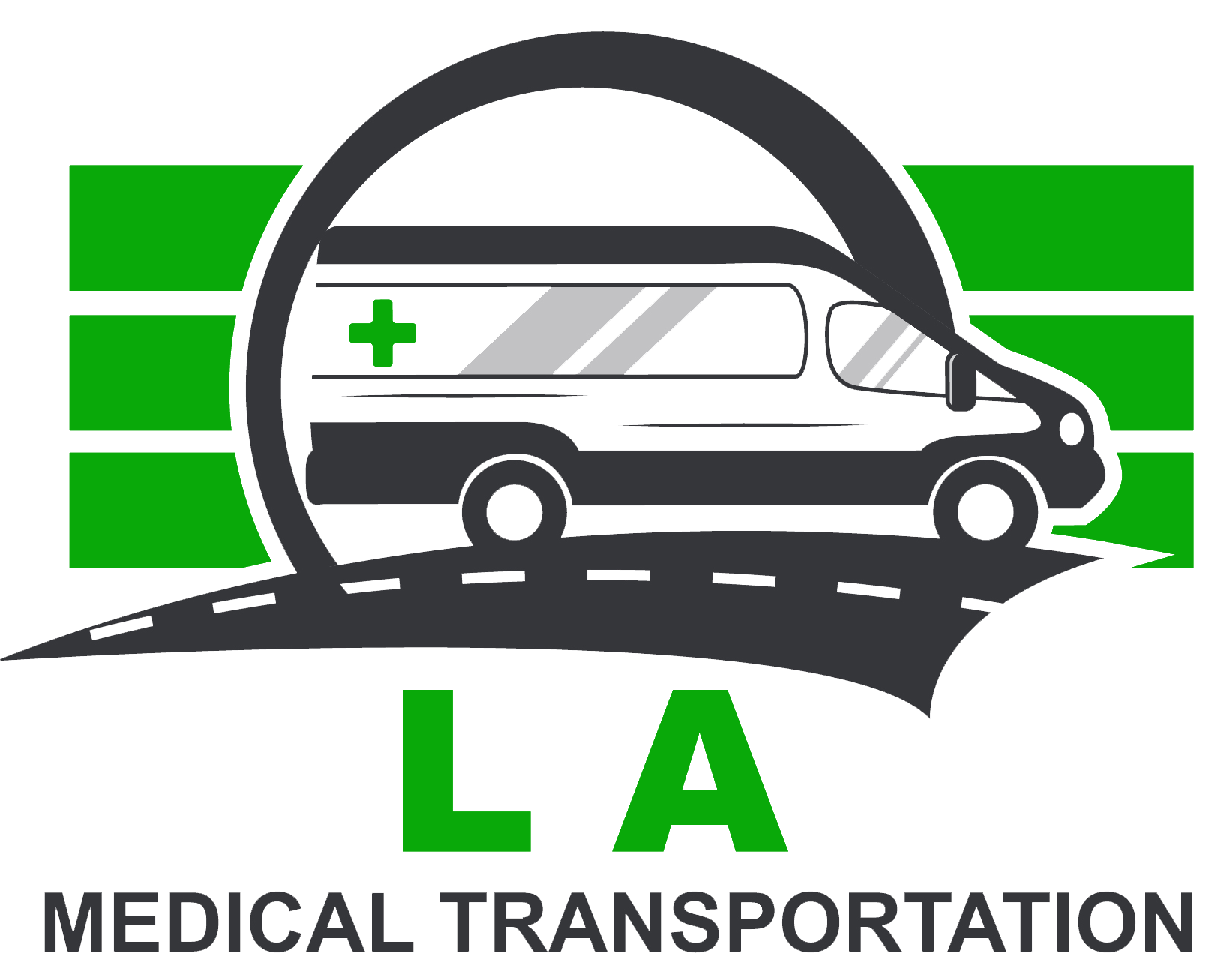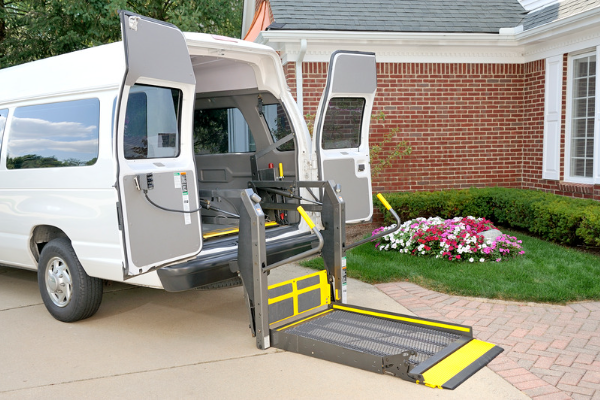As we age, maintaining mobility and independence becomes increasingly essential. The ability to go where and when we want is a vital aspect of living a fulfilling and active life. However, for many seniors, transportation can pose significant challenges.
Fortunately, a wide range of transportation options are available specifically tailored to meet the unique needs of older adults.
1. Private Transportation Service
Private transportation services offer personalized and on-demand transportation options for seniors. They provide the convenience of door-to-door service, allowing seniors to be picked up and dropped off at their desired locations.
Moreover, Private transportation services empower seniors to maintain their independence and mobility. They can schedule rides according to their needs and preferences, reducing reliance on others for transportation.
With advantages also come some of its drawbacks, as Private transportation services can be more expensive compared to public transportation options. Seniors on a limited budget may struggle to afford these services regularly, especially if they require frequent transportation for various activities.
Additionally, Private transportation services may only be available in some areas, particularly in rural or remote locations. This lack of availability can restrict seniors’ options and limit their access to transportation.
2. Non-Emergency Medical Transportation
NEMT services are designed to accommodate seniors with medical equipment like wheelchairs, walkers, or oxygen tanks. They provide accessibility features to transport individuals with mobility limitations or medical conditions.
Moreover, their providers often offer trained drivers or attendants who are knowledgeable about the specific needs of seniors. They may be skilled in assisting with mobility devices, ensuring a safe and comfortable transportation experience.

However, NEMT services primarily focus on medical appointments and may not allow seniors to run errands or engage in non-medical activities. This limitation can restrict seniors’ independence and social engagement.
3. Senior Transportation Programs
Senior transportation programs prioritize accessibility features, such as wheelchair ramps or lifts, to ensure that seniors with mobility limitations can quickly and safely access transportation. This promotes inclusivity and allows seniors to participate in various activities.
Some senior transportation programs offer subsidized or low-cost options, making them more affordable for seniors on limited budgets. This helps ensure that transportation is accessible to a broader range of older adults, regardless of their financial situation.
But, Senior transportation programs often have fixed schedules and routes. Seniors may need to plan their activities or appointments around these schedules, which can be inconvenient if they require flexibility or have last-minute changes.
4. Ride-Sharing Services
Most ride-sharing services have user-friendly mobile applications that make it easy for seniors to request rides, track the arrival of their drivers, and make cashless payments. This technology can enhance the overall experience and accessibility for seniors.
Ride-sharing services often implement safety features such as driver background checks, vehicle tracking, and customer support. These measures help ensure a safe transportation experience for seniors.
Seniors unfamiliar with smartphones or limited digital literacy may need help using ride-sharing apps. Access to reliable internet connectivity and navigating mobile applications can be a barrier for some seniors.
Final Thoughts
In conclusion, exploring transportation options for seniors is crucial to ensure their mobility, independence, and access to essential services. By examining the pros and cons of different services, seniors and their families can make informed decisions based on individual needs and circumstances.

